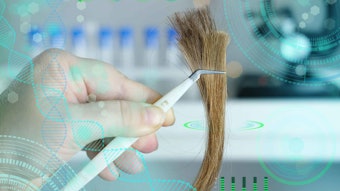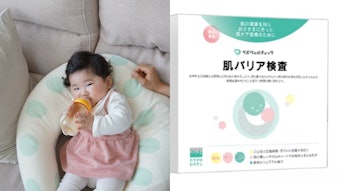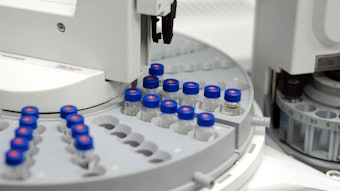
Stress induces changes in the ceramide content of the skin, and may lead to compromised barrier function or skin diseases. Skin has ways of responding to these stresses, as skin stressed by tape stripping, organic solvents, overcrowding and ultraviolet (UV) irradiation is reviewed.
The Role of Ceramides in the Skin Nine subclasses of ceramide (CER) have been described in human stratum corneum (SC); these differ from each other by the sphingoid base groups (sphingosine, phytosphingosine, 6- hydroxysphingosine) and hydrocarbon chain length.1 Ceramides are the main polar lipids of the SC intercellular lipids, playing an important role in skin barrier function and accounting for half of the SC lipids by weight.
In addition to preponderance of CER, blockades of either CER synthesis or CER generation results in abnormal skin barrier function. CER content and changes of composition are involved in skin diseases such as atopic dermatitis, psoriasis, contact dermatitis and skin irritation. Moreover CER must be present in mixtures of physiologic lipids for skin barrier recovery to occur at normal or accelerated rates after acute abrogation. From these results, it can be seen that CERs play a crucial role in skin barrier function.
Stress adversely affects skin barrier function by CER change. Stress increases CER either by (1) acceleration of sphingomyelin (SM) hydrolysis resulting from activation of sphingomyelinase (SMase) or (2) increased de novo CER synthesis, through activation of either CER synthase or serine palmitoyltransferase (SPT). Stress-induced generation of CERs restores skin barrier function and induces apoptosis in cultured human keratinocytes (CHKs) to eliminate stress-induced cell damage.











